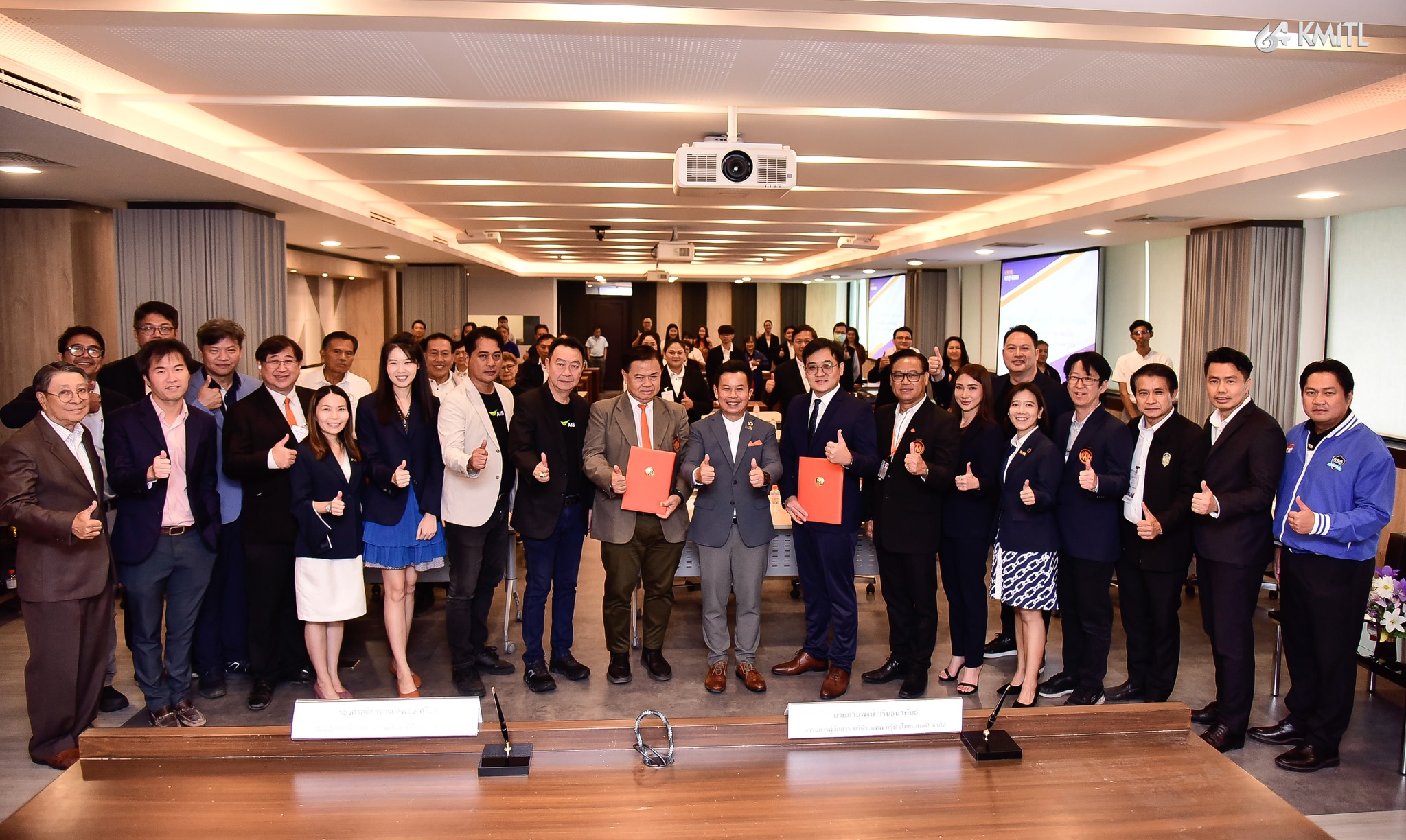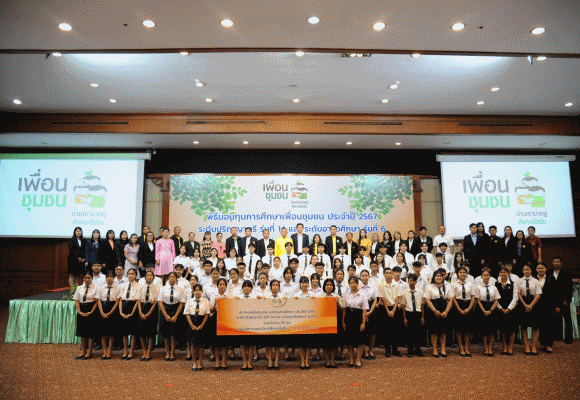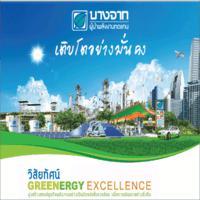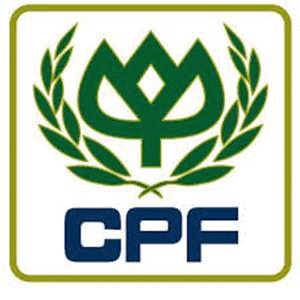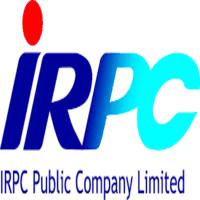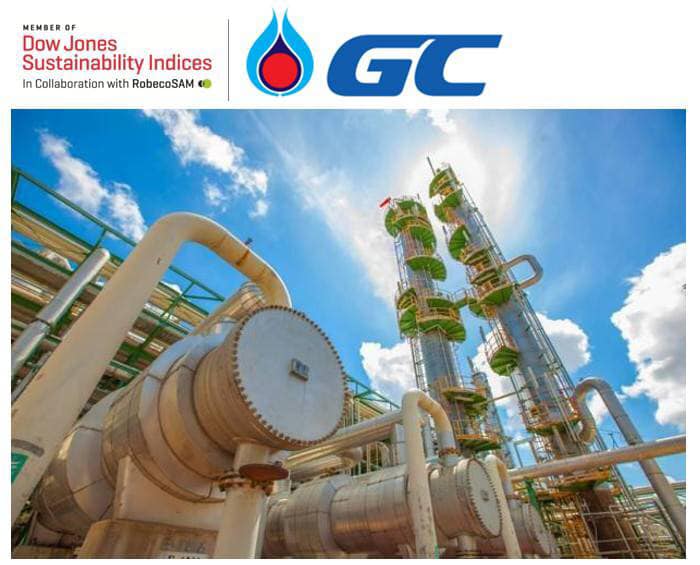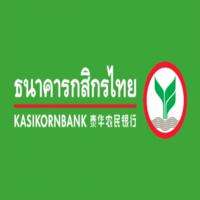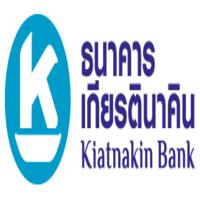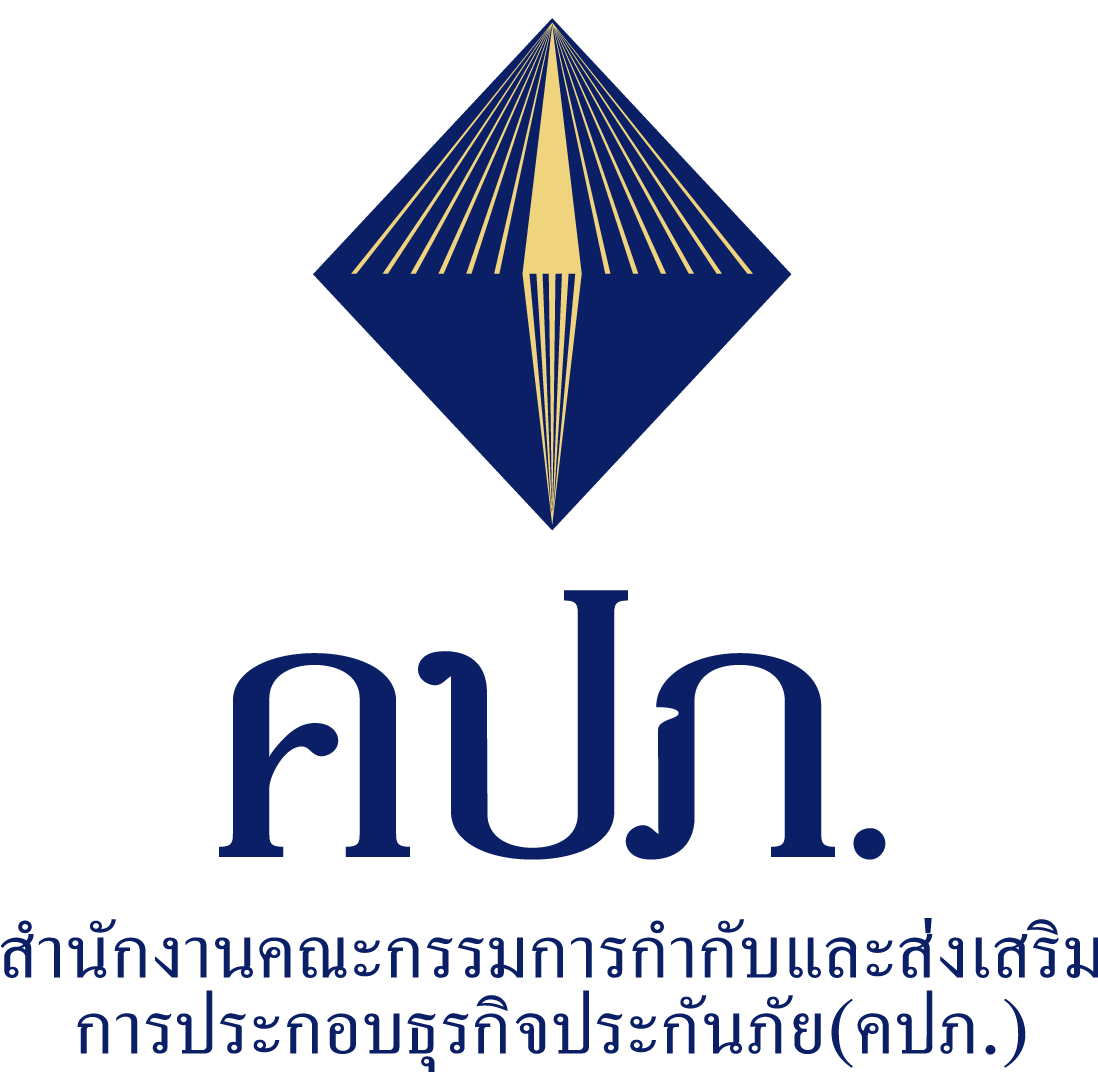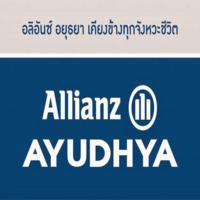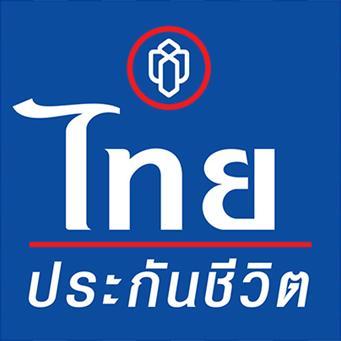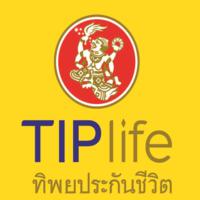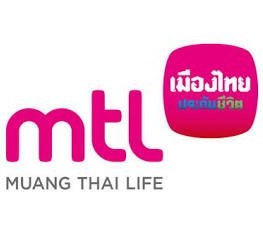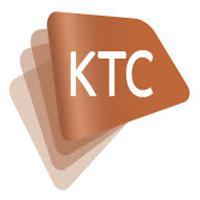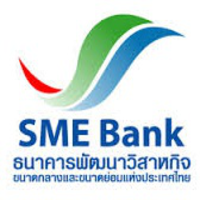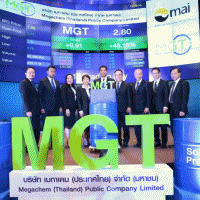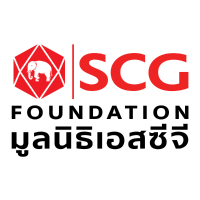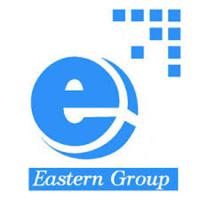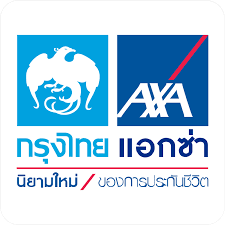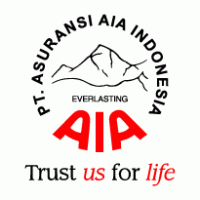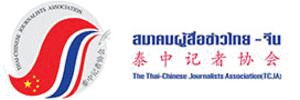- Details
- Category: แบงก์พาณิชย์
- Published: Friday, 16 November 2018 00:05
- Hits: 3197
 เคทีซี โตก้าวกระโดด โชว์กำไร 9 เดือน 3,911 ล้านบาท เดินเกมธุรกิจอย่างรอบคอบ เตรียมเข้าสู่ธุรกิจนาโนและพิโกไฟแนนซ์
เคทีซี โตก้าวกระโดด โชว์กำไร 9 เดือน 3,911 ล้านบาท เดินเกมธุรกิจอย่างรอบคอบ เตรียมเข้าสู่ธุรกิจนาโนและพิโกไฟแนนซ์
เคทีซี กำไรสุทธิ 9 เดือนแรก เท่ากับ 3,911 ล้านบาท เติบโต 65% จากปริมาณการใช้จ่ายผ่านบัตรเครดิตที่ดีดตัวสูงขึ้น การขยายตัวของยอดลูกหนี้บัตรเครดิตและสินเชื่อบุคคล ตลอดจนการรักษามาตรฐานในการอนุมัติภายใต้กรอบที่เหมาะสมกับความเสี่ยงของกลุ่มเป้าหมาย และประสิทธิภาพการติดตามหนี้ที่ดี ในช่วงท้ายของปีบริษัทฯ จะเดินกลยุทธ์ทำธุรกิจเชิงรุกอย่างระมัดระวัง และเตรียมการเข้าสู่ธุรกิจนาโน-พิโกไฟแนนซ์ โดยคาดว่าสิ้นปี 2561 จะทำกำไรอยู่ในช่วงประมาณ 5,000 ล้านบาท และเป้าหมายปี 2562 กำไรเพิ่ม 10% จากปี 2561
นายระเฑียร ศรีมงคล ประธานเจ้าหน้าที่บริหาร 'เคทีซี'หรือ บริษัท บัตรกรุงไทย จำกัด (มหาชน) กล่าวว่า “อุตสาหกรรมสินเชื่อเพื่อผู้บริโภคยังคงเติบโตต่อเนื่อง จากแนวโน้มของเศรษฐกิจไทยที่ขยายตัว ด้วยแรงขับเคลื่อนจากการส่งออกสินค้าและการท่องเที่ยวตามเศรษฐกิจโลกที่ขยายตัว การบริโภคและการลงทุนภาคเอกชนที่มีแนวโน้มขยายตัวดีขึ้น รวมถึงอุปสงค์ในประเทศที่มีแรงส่งเข้ามาต่อเนื่อง ทำให้กำลังซื้อมีการฟื้นตัวแบบค่อยเป็นค่อยไป อย่างไรก็ตาม การใช้จ่ายของภาครัฐจะเป็นแรงผลักดันที่สำคัญในการขับเคลื่อนเศรษฐกิจไทยให้เติบโตได้อย่างต่อเนื่อง”
“การดำเนินงานของเคทีซีในช่วง 9 เดือนแรกของปีนี้ถือว่าเติบโตเกินคาดหมาย โดยมีกำไรสุทธิ 3,911 ล้านบาท เติบโตจากช่วงเดียวกันของปีก่อนถึง 65% ในขณะที่กำไรสุทธิในไตรมาส 3 เท่ากับ 1,396 ล้านบาท โดยบริษัทสามารถสร้างรายได้เติบโตต่อเนื่องจากปริมาณการใช้จ่ายผ่านบัตร และยอดลูกหนี้บัตรเครดิตและสินเชื่อบุคคลที่ขยายตัว ในขณะที่สภาวะการแข่งขันของผู้ประกอบการธุรกิจสินเชื่อเพื่อผู้บริโภคยิ่งทวีความรุนแรงขึ้น ทั้งการเร่งนำเทคโนโลยีดิจิทัลเข้ามาพัฒนาต่อยอดบริการเพื่อตอบสนองความต้องการของลูกค้า พฤติกรรมผู้บริโภคที่เปลี่ยนแปลงฉับไว และความท้าทายของเทคโนโลยีใหม่ๆ ที่เกิดขึ้นอย่างรวดเร็ว บริษัทฯ จึงต้องปรับแผนธุรกิจและจัดกระบวนการใหม่ให้รับกับการเปลี่ยนแปลงดังกล่าวเพื่อให้ได้ประสิทธิผลที่ดีกว่า ดังจะเห็นได้จากฐานสมาชิกรวมถึงยอดลูกหนี้และปริมาณการใช้จ่ายผ่านบัตรเครดิตในช่วงไตรมาส 3 มีอัตราเพิ่มสูงขึ้น ตลอดจนสมาชิกสินเชื่อพร้อมใช้ “เคทีซี พราว” มีมูลค่าการเบิกถอนเงินสดที่สูงขึ้น”
“ณ วันที่ 30 กันยายน 2561 เคทีซีมีสินทรัพย์รวมเท่ากับ 73,319 ล้านบาท เพิ่มขึ้น 8% จากช่วงเดียวกันของปีก่อนหน้า โดยสินทรัพย์ที่สร้างรายได้หลักให้กับบริษัทฯ อยู่ในรูปของลูกหนี้การค้าสุทธิคิดเป็น 92% ของสินทรัพย์รวม โดยพอร์ตลูกหนี้การค้ารวมเท่ากับ 72,870 ล้านบาท ฐานสมาชิกรวม 3.2 ล้านบัญชี (เติบโต 5.2%) แบ่งเป็นบัตรเครดิต 2,301,431 บัตร (ขยายตัว 3.6%) พอร์ตลูกหนี้บัตรเครดิตรวม 46,616 ล้านบาท (ขยายตัว 5%) สัดส่วนของลูกหนี้บัตรเครดิตเทียบกับอุตสาหกรรมปัจจุบันอยู่ที่ 12.6% อัตราเติบโตของการใช้จ่ายผ่านบัตรเครดิตเคทีซีรวมเท่ากับ 8.7% ปริมาณใช้จ่ายผ่านบัตรเครดิตมูลค่า 138,289 ล้านบาท (อุตสาหกรรมเติบโต 10.5%) ส่วนแบ่งการตลาดของการใช้จ่ายผ่านบัตรเท่ากับ 11.1% หนี้ที่ไม่ก่อให้เกิดรายได้รวม (NPL) ลดลงอย่างต่อเนื่องอยู่ที่ 1.2% จาก 1.5% NPL บัตรเครดิตอยู่ที่ 1.1% ลดลงจาก 1.2% (อุตสาหกรรม 1.9%) สินเชื่อบุคคล 929,634 บัญชี (ขยายตัว 9.5%) ยอดลูกหนี้สินเชื่อบุคคลรวม 25,917 ล้านบาท (เติบโต 8%) สัดส่วนลูกหนี้สินเชื่อบุคคลเทียบกับอุตสาหกรรมเท่ากับ 7.0% และ NPL ของสินเชื่อบุคคลอยู่ที่ระดับเดิม 0.8% (อุตสาหกรรม 2.6%) โดยสัดส่วนค่าเผื่อหนี้สงสัยจะสูญต่อ NPL ยังคงมูลค่าสูงที่ 615% เมื่อเทียบกับช่วงเดียวกันของปีก่อนที่ 565%”
“สำหรับ การทำธุรกิจร้านค้ารับบัตรในรอบ 9 เดือนที่ผ่านมา เคทีซีมีปริมาณซื้อขายผ่านร้านค้า 62,359 ล้านบาท เติบโต 14.4% มีจำนวนร้านค้าเพิ่มขึ้นเป็น 35,311 แห่ง เพิ่มขึ้น 11.4% ซึ่งเป็นผลจากโครงการขยายร้านค้าและติดตั้งเครื่องรับบัตร ประกอบกับการขยายช่องทางรับชำระบัตรเครดิตผ่าน KTC QR Pay ที่เปิดกว้างให้กับพันธมิตรร้านค้าใหม่ๆ มากขึ้น และยังช่วยให้สมาชิกเคทีซีได้สัมผัสประสบการณ์ความสะดวกรวดเร็วของระบบการชำระเงินรูปแบบใหม่ โดยไม่ยึดติดกับรูปแบบการชำระแบบเดิมอย่างเดียว”
“ในช่วง 9 เดือนที่ผ่านมา เคทีซีมีอัตราเติบโตของรายได้รวมสูงขึ้นอย่างต่อเนื่อง และสามารถควบคุมค่าใช้จ่ายรวมให้มีอัตราลดลง โดยสามารถทำรายได้รวมในไตรมาส 3/2561 เพิ่มขึ้น 8% เท่ากับ 5,376 ล้านบาท จากรายได้ดอกเบี้ย (รวมรายได้ค่าธรรมเนียมในการใช้วงเงิน) 3,226 ล้านบาท รายได้ค่าธรรมเนียม 1,182 ล้านบาท และรายได้อื่นๆ เท่ากับ 968 ล้านบาท มีสัดส่วนคิดเป็น 60% 22% และ 18% ของรายได้รวมตามลำดับ โดยรายละเอียดของรายได้อื่นๆ นั้น มีสัดส่วน 87% จากหนี้สูญได้รับคืน ในขณะที่ค่าใช้จ่ายรวมอยู่ที่ 3,632 ล้านบาท ลดลง 7% โดยแบ่งเป็นค่าใช้จ่ายการบริหารงานที่เพิ่มขึ้นเพียง 1% ด้วยคุณภาพพอร์ตลูกหนี้ของบริษัทที่ดี จึงไม่เพิ่มสำรองหนี้สงสัยจะสูญ ทำให้มูลค่าหนี้สูญและหนี้สงสัยจะสูญลดลงที่ 16% รวมทั้งค่าใช้จ่ายการเงินที่เป็นต้นทุนเงินลดลงที่ 7% เหล่านี้ล้วนเป็นผลให้ค่าใช้จ่ายรวมของบริษัทลดลงค่อนข้างมาก”
“ทั้งนี้ บริษัทฯ สามารถรักษาสัดส่วนค่าใช้จ่ายดำเนินงานต่อรายได้สุทธิ (Operating Cost to Income Ratio) เท่ากับ 26.4% ลดลงจากช่วงระยะเวลาเดียวกันของปีก่อนซึ่งอยู่ที่ 27.2% เนื่องจากการเพิ่มประสิทธิภาพในกระบวนการทำงาน รวมถึงอัตราการเพิ่มขึ้นของมูลค่ารายได้สุทธิมากกว่าจำนวนค่าใช้จ่ายดำเนินงานที่เพิ่มขึ้น บริษัทฯ มีวงเงินสินเชื่อคงเหลือ (Available Credit Line) ทั้งสิ้น 25,390 ล้านบาท เป็นวงเงินของธนาคารกรุงไทย 18,030 ล้านบาท และธนาคารพาณิชย์อื่นๆ 7,360 ล้านบาท โดยมีต้นทุนการเงิน ณ ไตรมาส 3/2561 และ 9 เดือน เท่ากับ 2.97% และ 2.98% ตามลำดับ ลดลงจากงวดเดียวกันของปี 2560 อยู่ที่ 3.28% และ 3.22% ตามลำดับ โดยมีอัตราส่วนของหนี้สินต่อส่วนของผู้ถือหุ้นอยู่ที่ 3.85 เท่า ต่ำกว่าภาระผูกพันที่กำหนดไว้ที่ 10 เท่า”
“บริษัทฯ มีการปรับแผนการตลาดเชิงรุกต่อเนื่องในหลายมิติเพื่อให้เกิดการแข่งขันได้ และไม่ประมาทที่จะเตรียมตัวให้พร้อมกับการเผชิญกับสภาวะเศรษฐกิจและปัจจัยภายนอกที่อาจจะเกิดขึ้นในอนาคต และมุ่งสร้างโอกาสทางธุรกิจใหม่ๆ โดยกำลังเตรียมการเข้าสู่ธุรกิจ “นาโนไฟแนนซ์” (สินเชื่อรายย่อยผู้ประกอบอาชีพ) และ “พิโกไฟแนนซ์” (สินเชื่อรายย่อยระดับจังหวัดภายใต้การกำกับ) ให้เกิดขึ้น ซึ่งขณะนี้อยู่ระหว่างดำเนินการขออนุญาตจัดตั้งบริษัทเพื่อประกอบธุรกิจนาโนไฟแนนซ์และพิโกไฟแนนซ์ต่อธนาคารกรุงไทยและธนาคารแห่งประเทศไทยตามลำดับต่อไป ทั้งนี้ ในปี 2561 บริษัทฯ ยังคงเป้าหมายการเติบโตด้านปริมาณการใช้จ่ายผ่านบัตรรวมไม่ต่ำกว่า 15% พอร์ตลูกหนี้เติบโตประมาณ 10% และรักษาระดับ NPL รวมในอัตราเดิมประมาณ 1.2% โดยคาดว่าจะทำกำไรในปี 2561 ได้ในช่วงประมาณ 5,000 ล้านบาท และตั้งประมาณการกำไรสุทธิปี 2562 เติบโต 10% จากปี 2561”
KTC achieves major milestone with a net profit of 3.911 billion Baht in Q3,
with preparations in motion to diversity into Nano and Pico Finances.
KTC declares a net profit for the end of Q3 of 3.911 billion Baht. Profits have grown 65 percent due to a surge in credit card spendings, receivables from credit cards and personal loans, along with the upholding of approval standards within appropriate risks of target audiences and high quality debt collection management. In the final quarter of the year, the firm aims to utilize its proactive strategies in a tactful manner, and to prepare itself for diversification into Nano-Pico Finance in the near future. It is estimated that KTC will earn approximately 5 billion Baht in profit, with a 10% profit increase goal in 2019 compared to 2018.
Mr.Rathian Srimongkol, President & Chief Executive Officer, “KTC” or Krungthai Card Public Company Limited, states, “The Personal Loans industry for consumers is continuously growing, due to the growth of the Thai economy, owing to exports and tourism that have been expanding correspondingly to the world economy. Moreover, consumption and domestic investment which have positive growth tendencies, as well as domestic demand that consistently display an upswing, have caused purchasing power to gradually improve. Despite this, government spendings will become an important factor in driving the Thai economy to grow consistently.”
“Meanwhile, KTC’s overall operations in the first nine months of the year has exceeded expectations. The firm achieved 3.911 billion Baht in net profit, or a 65 percent boost compared to the previous year. Net profits within Q3 alone totaled 1.396 billion Baht. The firm continues to consistently earn profits from credit card spendings and increases in receivables from credit cards and personal loans, despite a progressively intense competition among personal loans purveyors. These include rapidly changing consume behavior and posing challenges of new emerging technologies. Consequently, the firm had to adjust its business plan and reorganize its system correspondingly to prepare and achieve better efficiency. These efforts are evident in the increases in personal loans accounts and Q3 credit card spendings, along with a spike in cash withdrawals from “KTC PROUD” Revolving Loan cards members.
“As of September 30, 2018, KTC has a total asset value of 73.319 billion Baht, an 8 percent increase compared to the same period in the previous year. The assets that generated the most income for the firm is in the form of net trade receivables which comprise 92 percent of total assets. Total receivable equated to 72.870 billion Baht, member base numbered 3.2 million (a 5.2 percent increase), comprising of 2,301,431 credit cards (a 3.6 percent surge.) Total credit card receivable was 46.616 billion Baht (a 5 percent increase.)KTC credit card receivables compared to the industry was at 12.6 percent. KTC credit card spending growth totaled 8.7 percent, and credit card spending totaled 138.289 billion Baht (industry grew 10.5%) Credit card spending market share totaled 11.1 percent. NPL (non-performing loan) continues to remain low at 1.2 from 1.5 percent.NPL for credit cards dropped from 1.2 percent to 1.1 percent (1.9 percent in the industry). Personal loans numbered 929,634 accounts, a 9.5 percent surge. Personal loans receivable amounted to 25.917 billion Baht (an 8 percent growth), while KTC personal loans receivables compared to the industry totaled 7.0 percent, and NPL for the personal loans business remains at 0.8 percent (2.6 percent in the industry) while coverage ratios remained at a high value of 615 percent compared to the same period last year which was at 565 percent.”
“In its merchant business transactions in the past nine months, KTC achieved 62.359 billion Baht in merchant sales, having grown 14.4 percent, with an increase of 35,311 merchants, an 11.4 percent increase. These achievements are results of merchant outreach projects and card swipe machine installations, as well as increases in the endorsement of KTC QR Pay credit card payment system to a wider variety of brand new merchants. This will allow KTC members to experience convenience through a new payment method that does not simply adhere only to the old one.”
“In the past nine months, KTC has a greater overall net revenue growth rate, and successfully controlled and reduced its overall expenses. KTC generated an increase in income in Q3/2018 of 8 percent, totaling 5.376 billion Baht, comprising of 3.226 billion Baht from interest (including credit limit usage fees), 1.182 billion Baht from fees and miscellaneous income totaled 968 million Baht, amounting to 60 percent, 22 percent and 18 percent of income, respectively. Miscellaneous income comprises 87 percent of recovered debt, overall expenses of 3.632 billion Baht, a 7 percent drop, which can be compartmentalized managerial expenses that increased only by 1 percent due to the firms’ high quality port of receivables, which did not increase provisions for doubtful accounts. As a result, bad debt and doubtful accounts decreased to 16 percent, including financial expenses that are costs to drop to 7 percent. These factors contributed to lower the firm’s overall spendings at a rather high level.”
“At any rate, KTC additionally maintained its operating cost to income ratio at 26.4 percent, a decrease compared to the same period in the last year which was 27.2 percent, due to increases in efficient operational approaches and net profits that exceed increasing operational expenses. The firm has an available credit line of 25.390 billion Baht, comprising of financial accounts of 18.030 billion Baht for Krung Thai Bank, and 7.360 billion Baht for other commercial banks. Financial costs for Q3/2018 and nine months totaled 2.97 percent and 2.98 percent, a decrease of 3.28 percent and 3.22 respectively, compared to the same period in 2018. At the same time, the firm’s debt to shareholder equity is 3.85, the ratio 10 times lower than the contingency agreement value.”
“The firm had continuously adjusted its proactive marketing plans in a variety of ways to create competitive advantage, and are tactful and considerate of preparation against impending economic and external factors. The firm also aims to create new business opportunities and is on its way to diversify into the “Nano Finance” (small business loans) and “Pico Finance” (provincial retail loans under supervision) businesses. Currently, KTC’s request for approval to conduct Nano Finance and Pico Finance businesses from Krung Thai Bank and the Bank of Thailand is underway. For 2018, KTC sets goals to increase overall credit card spendings over 15 percent, port of receivables of approximately 10 percent, and will control its NPL ratio to remain the same value as last year which was 1.2 percent. A higher net profit of 5 billion Baht value is also expected in 2018, and sets a goal of 10% growth in net profit for 2019 from 2018.”











